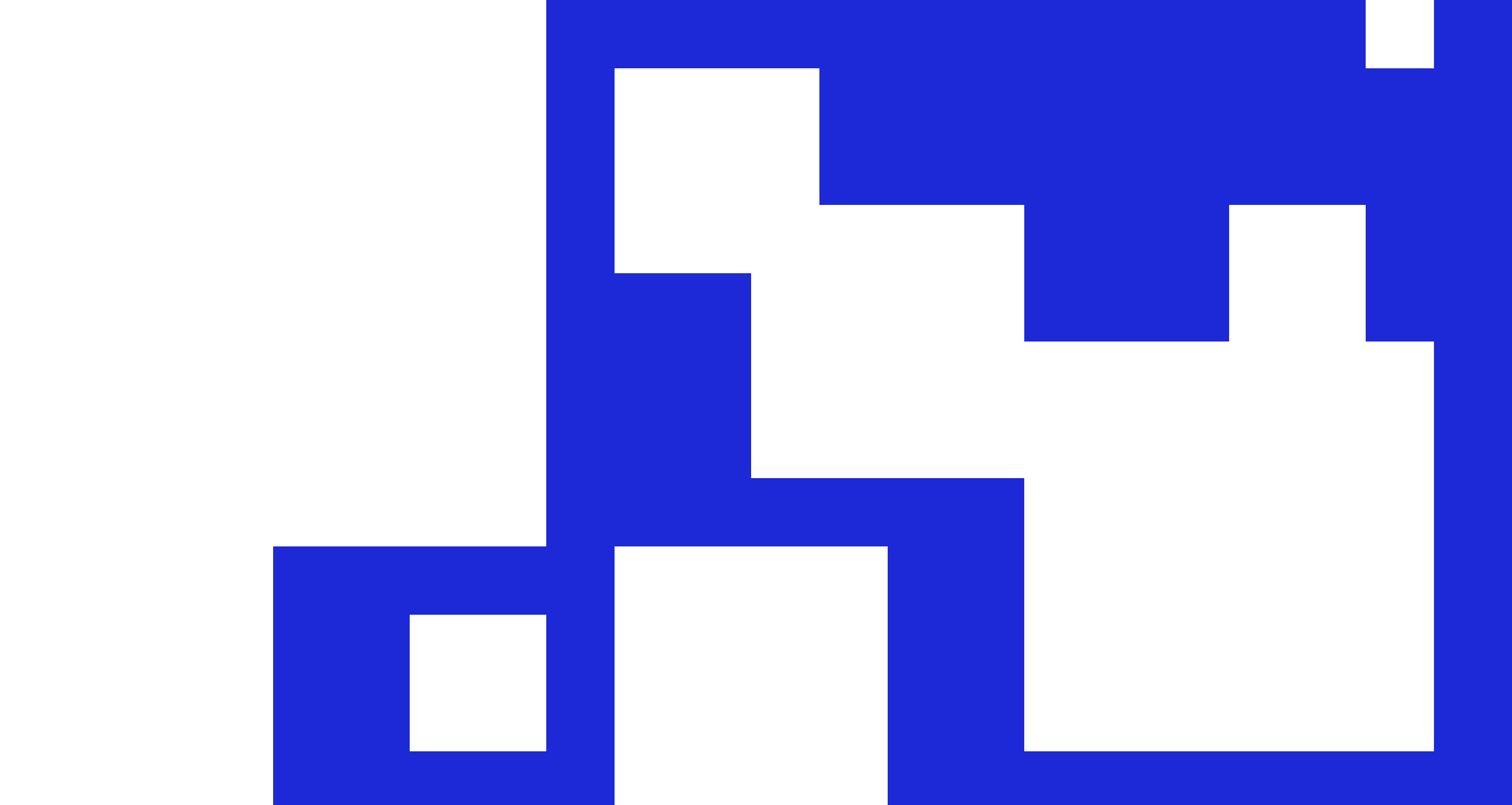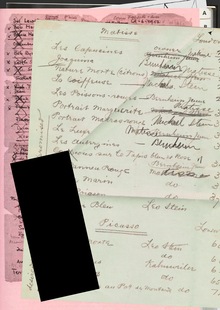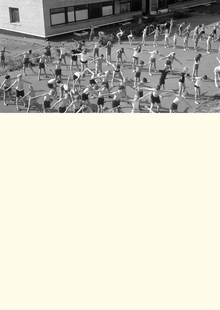
Kufic script (Kufi) is one of the oldest styles of Arabic calligraphy. It retains its cultural significance even today. Initially, Kufic script could only be seen on early fragments of the Quran or in architecture, coins, ceramics, wood, etc. However, now this monumental and solemn style is changing in a modern context and acquiring new forms and meanings.

The Concept
––––– | Chapter 1. Preserving the Canons: Kufi in The Traditional Way
––––– | Chapter 2. Classic Methods, Modern Ideas
––––– | Chapter 3. Traditional Motifs in New Contexts
––––– | Chapter 4. Transformation: Contemporary Forms and Contents
Conclusions References Image sources

The topic choice of this visual research is directly related to the subject of my diploma project, which is devoted to the rebranding of Tatarstan’s online magazine based on the Tatar language display font.
To express the historical context, the font includes three writing systems of the Tatar language (Cyrillic, Latin and Arabic) and is inspired by the visual character of Arabic calligraphy. It is the Arabic script that has been used as the way of expression of Tatar poetry, faith and cultural self-awareness for centuries.
Using three writing systems in a single script today will emphasize the historical continuity and rich cultural heritage, focusing on the diversity and complexity of Tatar identity. «The attitude to the Arabic letter as a symbol not only religious but also national that reflects the history of written culture of the Tatar people is being formed» (Shamsutov R. I. «Arab-Graphic Art of Kazan (Volga) Tatars: Transformation in Time»)
«The attitude to the Arabic letter as a symbol not only religious but also national that reflects the history of written culture of the Tatar people is being formed» (Shamsutov R. I., 2017)
Such a context obviously requires the study of Arabic calligraphy, so the visual research focuses on Kufic script. Therefore, Kufi became the subject of analysis. «Because of its structural geometry, it is highly capable of renewal and modernization» («Identifying Factors Affecting Bannai Kufic Script Sustainability in Modern Times, and its Course of Use in Logotype Design»).
The main question of the research is: how is the tradition of Kufi writing preserved today? To answer it, we need to consider contemporary Kufi in different mediums and contexts. There are different ways of referring to the tradition.
We can: /1/ follow canons and put traditional meanings; /2/ convey modern ideas through traditional techniques or vice versa, /3/ recreate familiar motifs in new contexts and forms; /4/ and finally see the transformation of Kufi writing in contemporary mediums and content.
Thus, the rubrication of the study divides the material into different ways of preserving and reinterpreting tradition.
This approach helped to make the visual analysis of the Kufi style comprehensive and complete. Thus, we can find out how masters step outside the box; we see how Kufi is integrated into modern art. In other words, identify how the tradition is transformed overall and make the following hypothesis.
Kufic writing, despite its rich history, ancient origins and strict canons of style, has found a significant place in contemporary art and design through adaptation and integration into new mediums and contexts.
Modern artist, exploring the aesthetic and semantic possibilities of the Kufi style, preserve its tradition and at the same time expand its boundaries through form, meanings and mediums. This allows Kufi to remain a relevant cultural phenomenon and a source of inspiration for different directions.
The selection of material for this visual research is based on some key points.
Firstly, contemporaneity: only recently created works were taken, which helps to identify and analyze current approaches and techniques.
Secondly, typography plays a central role in the composition, where Kufi can act as an independent element or be combined with other typefaces or calligraphy styles.
Thirdly, the goal was to take the widest possible range of works that would show the Kufic style from different sides and reveal its diversity.
At the time the study was initiated, it was important to immerse in the history of the origins of Kufic writing, to explore the context and only then to move on to the study of contemporary works. This made the analysis more complete and constructive. For this purpose, a variety of articles of the history of Kufic style, survey materials, and scholarly journals of Arabic calligraphy were studied.
Folio from a Qur’an, 8th-9th century, Near East or North Africa https://en.wikipedia.org/wiki/File:Folio_from_a_Koran_(8th-9th_century).jpg (21.09.2024)
Blue Qur’an Page, 9th or 10th Century, North Africa or Southern Spain https://commons.wikimedia.org/wiki/File:Unknown,_North_Africa_or_Southern_Spain,9th_or_10th_Century-Blue_Qur%27an_Page-_Google_Art_Project.jpg (21.09.2024)
Bowl with Arabic Inscription, «Blessing, Prosperity, Well-being, Happiness», late 10th–11th century, Uzbekistan https://www.metmuseum.org/art/collection/search/449711 (03.11.2024)
Fragment (inscription frieze), 14th century, Uzbekistan https://recherche.smb.museum/detail/1524517/fragment-inschriftenfries?language=de&question=kufi&limit=15&offset=15&sort=relevance&controls=none&objIdx=29 (04.11.2024)
Bowl with Arabic Inscription, 10th century, Iran https://www.metmuseum.org/art/collection/search/451802 (03.11.2024)
Ewer with Calligraphic Band, 12th century, Iran https://www.metmuseum.org/art/collection/search/451486 (03.11.2024)
Glazed Tiles, 12th century, Syria https://www.metmuseum.org/art/collection/search/445992 (03.11.2024)
Gold coin, 1245 (AH 643), Iraq https://www.britishmuseum.org/collection/object/C_1854-0819-59 (03.11.2024)
Mosaic panel, 15th century, Central Asia https://artsandculture.google.com/asset/mosaic-panel/JAFwYYDxqoxbIA (04.11.2024)
Bowl, 10th century, Iran https://www.britishmuseum.org/collection/object/W_1958-1218-1 (03.11.2024)
Folio from a Qur’an, Sura An-Nisa (160-161), 12th century, Afghanistan https://hvrd.art/o/201334 (22.09.2024)
Fragment (inscription stone), 9th-10th century, Egypt https://id.smb.museum/object/1521043/fragment-inschriftenstein (03.11.2024)
Jug (pottery vessel), 10th century, Iran https://recherche.smb.museum/detail/1522603/krug-gef%C3%A4%C3%9Fkeramik?language=de&question=kufi&limit=15&offset=60&sort=relevance&controls=none&objIdx=69 (04.11.2024)



